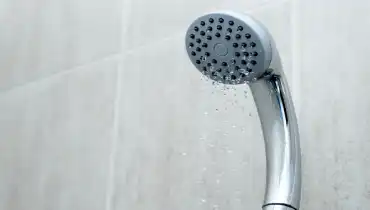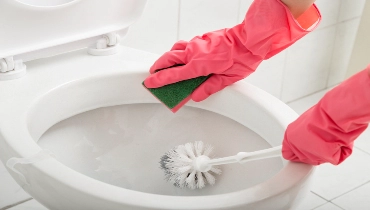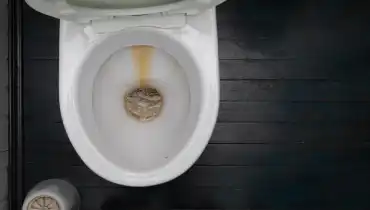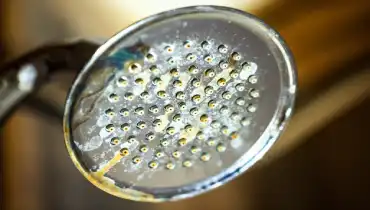Water is an indispensable part of our daily lives. It is essential for cooking, cleaning, and bathing. All these daily tasks require intricate piping systems. Sometimes, the flow of water
Learn moreOur Pomona Valley Plumbing Blog
Shared Resources for Your Home Needs
All Blogs
Having a functioning and reliable plumbing system is essential to a comfortable home. From washing dishes to taking a shower, water is an indispensable resource.
Learn moreThe Root Causes of Low Water Pressure IssuesThere's nothing worse than turning on a faucet and getting only a trickle of water. Lo
Learn moreThe Causes of Toilet RustRust on toilets is a common problem that can creep up on you gradually, often without you even noticing.
Learn moreKeeping your bathroom clean and free of stains is a critical component of routine home maintenance. Unfortunately, toilets are esp
Learn moreAn Overview of How & Why Limescale FormsThe buildup of limescale can be a real nuisance, especially when it starts to affect t
Learn moreBlog Categories
Let Us Call You
Blog Categories
About Mr. Rooter Plumbing

Since the original Mr. Rooter was founded in 1970, the company has remained committed to a set of core values that are rooted in performing quality work at honest prices. Nearly half a century later, the original Mr. Rooter business is still servicing homes and businesses in and around Oklahoma City. It’s still independently owned and operated with strong ties to the community that made it all possible.



